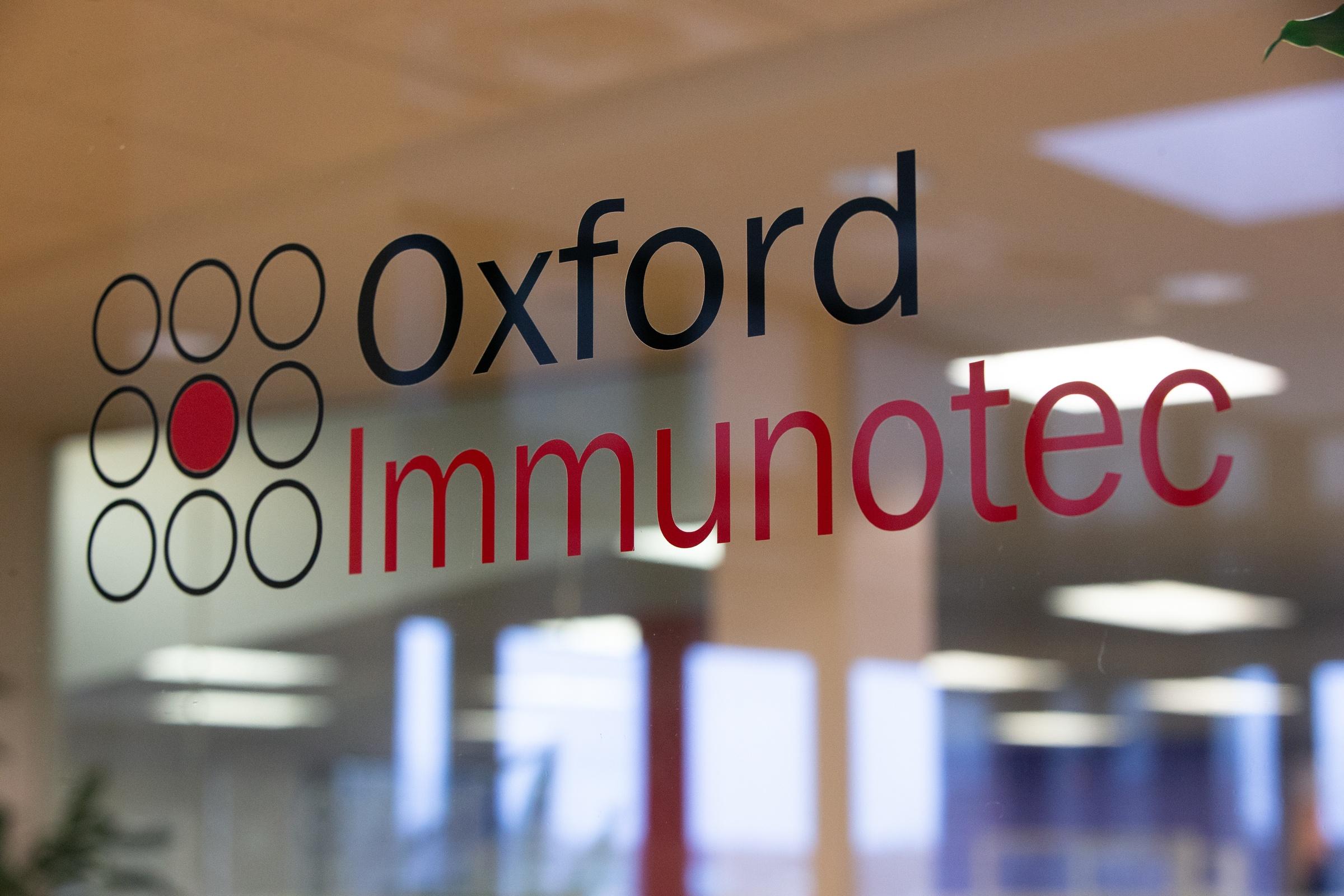
Study Results Show Switching From The Tuberculin Skin Test (TST) To An Interferon Gamma Release Assay (IGRA) Can Improve Healthcare Worker Test Adherence At A Lower Cost
- June 27, 2011
- Evelyn Lee
- Posted in News

Study Results Show Switching From The Tuberculin Skin Test (TST) To An Interferon Gamma Release Assay (IGRA) Can Improve Healthcare Worker Test Adherence At A Lower Cost
Oxford, UK & Marlborough, MA; June 27, 2011 –
The interim findings of the SWITCH study, “Screening healthcareWorkers with IGRA vs. TST: Impact on Costs and adHerence to testing”, were presented today at the Association of Professionals in Infection Control and Epidemiology (APIC) annual meeting by Dr. Edward Bernacki, M.D. MPH, Executive Director, Health, Safety and Environment, The Johns Hopkins Health System and University, and Director, Division of Occupational Medicine, Johns Hopkins University, School of Medicine, a principal investigator of the study. The study compared costs and adherence to testing when healthcare workers were screened for tuberculosis (TB) using the tuberculin skin test (TST) or an Interferon Gamma Release Assay (IGRA).
The TST, which is over 100 years old, is still used by hospitals in the US for screening healthcare workers for TB. The introduction of IGRAs provides hospitals with the potential to improve accuracy, improve adherence to testing, and reduce costs. The Centers for Disease Control (CDC) recommend that IGRAs can be used in all situations where the TST is currently used.¹
The primary objective of the SWITCH study is to compare “real world” costs and adherence rates of running a TB screening program with the TST or IGRA. The study is being conducted over a multi-year period at Johns Hopkins Medicine. The interim results compare testing with TST versus the IGRA, showing materials costs and employee time consumed in completing TB screening. The T-SPOT®.TB test was the IGRA used in the study. A systematic analysis was performed which identified the institution’s actual costs associated with labor, follow-up (e.g. chest x-ray), treatment and direct test costs.
The interim findings determined that a complete switch from the TST to an IGRA can improve testing adherence at a lower cost. An IGRA virtually ensures one hundred percent adherence and eliminates the costs of identifying and ‘chasing down’ those healthcare workers who do not return for the reading of the TST and repeat testing. Additionally, more employees were found uninfected with TB when using an IGRA compared to the TST, which results in a reduction of chest x-rays and fewer healthcare workers being placed on unnecessary therapy.
Dr. Peter Wrighton-Smith, CEO of Oxford Immunotec, commented, “Dr. Bernacki’s presentation of the SWITCH study shows compelling evidence that implementing an IGRA for healthcare worker screening is a successful cost-saving strategy for hospitals to employ.”
¹CDC MMWR 2010:59(No.RR-5):1-25.